What is Plasma Ion Nitriding
Plasma ION nitriding is an industrial surface hardening treatment for iron-based materials. It is the most technically superior of all nitriding processes and has many advantages compared to traditional salt bath and gas nitriding.
A plasma nitrided part is usually ready for use directly after treatment requiring no machining, polishing or any other post-nitriding finishing operations. The process is eco-friendly, saves energy and causes little or no distortion.
Steels are the most common materials treated with plasma nitriding. This process permits the close control of the nitrided microstructure, allowing nitriding with or without compound layer (white layer) formation. In addition to enhanced material performance, the lifespan of your parts will increase with much improved strain limits, fatigue strength, wear resistance and corrosion protection.
With a wide range of process control and optimization possibilities, plasma nitriding makes it possible to achieve stringent requirements not capable by gas or salt bath nitriding. Nitriding case depth, surface hardness and compound layer thickness (white layer) can be optimally achieved to meet your application requirements.
How It Works
The parts are placed in a vacuum vessel, convectively heated to the required process temperature in an atmosphere of specialty gases.
High voltage is then applied between the work pieces and the furnace wall. As the process gases begin to activate (ionize), a corona discharge (violet glow) takes place in the treatment chamber. The high voltage reacts with the positive gas ions, which are energized and accelerate in a direction toward the work piece with much energy creating an “ion bombardment” to the surface.
This ion bombardment can create intense heat in the work piece and must be controlled. Thanks to our state of the art MICROPULS® power supply, the heat is precisely controlled via very fast on-off voltage transition times or “pulse ionization”. The controlled ion bombardment reacts with carbon atoms in the work piece forming nitrides. These nitrides eventually channel their way through the material’s grain boundaries, diffusing into the part leaving behind a hard, non-distorted, smooth surface.
Within an individual process, several parameters such as voltage, gas mixture, pulse frequency, temperature, time, etc. are controlled. Unique combinations of these variables can be developed for exotic applications and saved as a custom “recipe”, which can be run again and again with absolute repeatability.
The Plasma Ion process is done in a vacuum vessel at low temperatures (750°-1040°F or 400°-560°C) where high-voltage electrical charge forms plasma, causing nitrogen ions to accelerate and impinge on the metal. When the nitrogen ions bombard the part they heat up metal, clean the surface, and absorb nitrogen into the surface, and can be applied to any ferrous metal.

